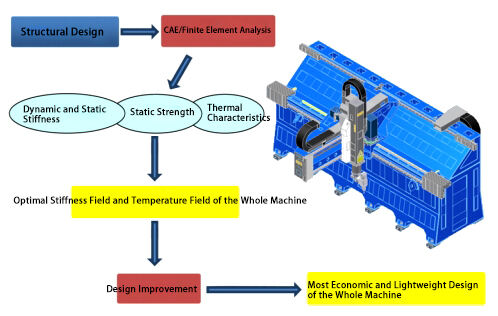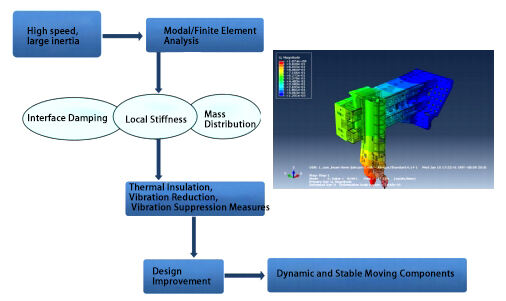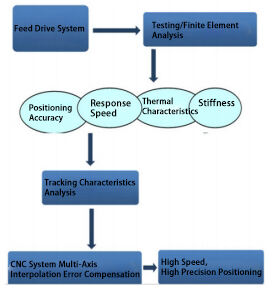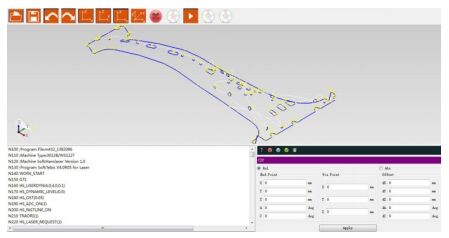Introduction 3D five-axis fiber laser cutting machines are known as the pinnacle of high-power laser equipment. Widely used in the automotive, mold, aerospace, and appliance industries, these machines excel at precise trimming and perforating of comp...
Contact Us
3D five-axis fiber laser cutting machines are known as the pinnacle of high-power laser equipment. Widely used in the automotive, mold, aerospace, and appliance industries, these machines excel at precise trimming and perforating of complex 3D surfaces—especially those formed by hot-stamping. As ultra-high-strength steel becomes mainstream, traditional mechanical processing struggles to keep up, making laser-based methods not just desirable, but essential.

Historically, 3D parts were cut manually or with low-precision robots. However, the rise of hot-stamped steels (yield strength > 1000 MPa) changed everything. Traditional punching tools can't handle such materials. Laser cutting offers a non-contact, high-precision, and programmable solution—crucial for rapid design iteration and reduced tooling costs.
One hot forming line typically needs 4–5 cutting machines.
As of publication, China alone has over 170 hot forming lines with 700+ laser cutting machines in use.
The mechanical structure is optimized via CAE finite element analysis, evaluating static/dynamic stiffness and thermal performance. This ensures:
Maximum rigidity with minimum weight.
Excellent heat distribution and resistance to vibration.


High-speed, high-accuracy cutting requires:
Rigorous tuning of servo motors.
Thermal compensation and multi-axis error correction.

This innovation allows unrestricted C-axis rotation while maintaining sealed water, air, optical, and electrical channels—solving a global-level technical bottleneck.

Key technologies:
Independent rotational sealing for each utility channel.
Electromagnetic shielding using a custom multi-channel slip ring.
Custom-built software enables real-time dimension adjustments with high flexibility and speed—saving time and labor during part changes.

Using RTCP (Rotational Tool Center Point) kinematics, the machine achieves:
Real-time motion control.
Custom HMI and SQL-based databases for tooling parameters.
Visual simulation of cutting paths for better preview and correction.
New process developments include:
Fast piercing and sharp-corner cutting.
High-speed nitrogen-assisted cutting of thin plates.
Advanced PWM control for pulse shaping.
Compensation for part deformation and edge quality in 3D geometries.
Higher Speed & Acceleration: Essential for productivity.
Precision & Automation: Reduce human cost and improve quality.
Smart Operation: Simplifies user interaction with intuitive software and automation.
Broader Use: From premium cars to economy and new energy vehicles.
More Custom Designs: Designers are liberated from mold limitations.
Tooling Cost Reduction: Useful in small batch production with lower total investment.
3D five-axis fiber laser cutting machines are more than just advanced tools—they are strategic enablers in the automotive industry's transformation toward lightweight, safe, and custom-designed vehicles. With Chinese companies like Han's Laser mastering core technologies, the path is clear for local innovation to lead the next wave of smart manufacturing.